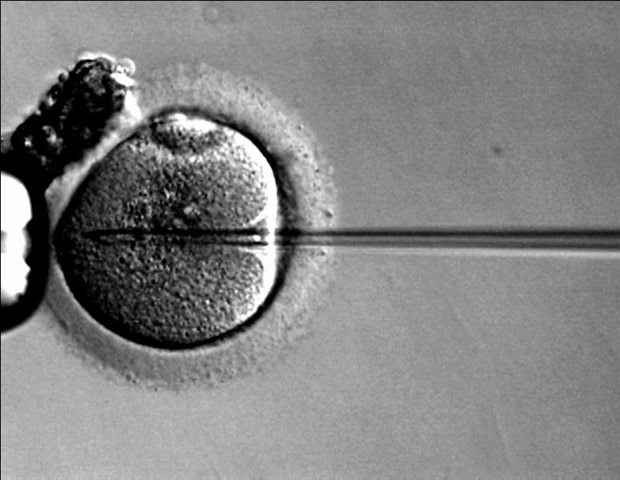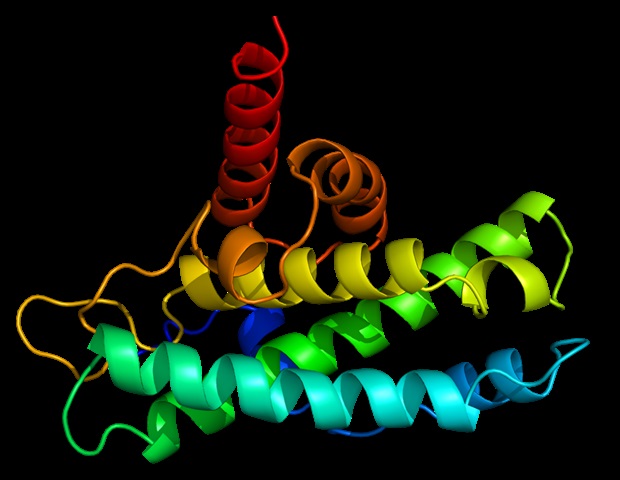Researchers have reported a nano-sized neuromorphic memory device that emulates neurons and synapses simultaneously in a unit cell, one other step towards finishing the purpose of neuromorphic computing designed to scrupulously mimic the human mind with semiconductor units.
Neuromorphic computing goals to understand synthetic intelligence (AI) by mimicking the mechanisms of neurons and synapses that make up the human mind. Impressed by the cognitive capabilities of the human mind that present computer systems can’t present, neuromorphic units have been extensively investigated. Nonetheless, present Complementary Metallic-Oxide Semiconductor (CMOS)-based neuromorphic circuits merely join synthetic neurons and synapses with out synergistic interactions, and the concomitant implementation of neurons and synapses nonetheless stays a problem. To deal with these points, a analysis group led by Professor Keon Jae Lee from the Division of Supplies Science and Engineering carried out the organic working mechanisms of people by introducing the neuron-synapse interactions in a single memory cell, quite than the traditional method of electrically connecting synthetic neuronal and synaptic units.
Just like industrial graphics playing cards, the bogus synaptic units beforehand studied usually used to speed up parallel computations, which exhibits clear variations from the operational mechanisms of the human mind. The analysis group carried out the synergistic interactions between neurons and synapses within the neuromorphic memory device, emulating the mechanisms of the organic neural community. As well as, the developed neuromorphic device can substitute complicated CMOS neuron circuits with a single device, offering excessive scalability and value effectivity.
The human mind consists of a fancy community of 100 billion neurons and 100 trillion synapses. The capabilities and constructions of neurons and synapses can flexibly change in keeping with the exterior stimuli, adapting to the encircling atmosphere. The analysis group developed a neuromorphic device during which short-term and long-term reminiscences coexist utilizing unstable and non-volatile memory units that mimic the traits of neurons and synapses, respectively. A threshold swap device is used as unstable memory and phase-change memory is used as a non-volatile device. Two thin-film units are built-in with out intermediate electrodes, implementing the practical adaptability of neurons and synapses within the neuromorphic memory.
Professor Keon Jae Lee defined, “Neurons and synapses work together with one another to ascertain cognitive capabilities resembling memory and studying, so simulating each is a vital component for brain-inspired synthetic intelligence. The developed neuromorphic memory device additionally mimics the retraining impact that enables fast studying of the forgotten info by implementing a optimistic suggestions impact between neurons and synapses.”
This end result entitled “Simultaneous emulation of synaptic and intrinsic plasticity utilizing a memristive synapse” was revealed within the Might 19, 2022 difficulty of Nature Communications.
Supply:
The Korea Superior Institute of Science and Expertise (KAIST)
Journal reference:
Sung, S.H., et al. (2022) Simultaneous emulation of synaptic and intrinsic plasticity utilizing a memristive synapse. Nature Communications. doi.org/10.1038/s41467-022-30432-2.







